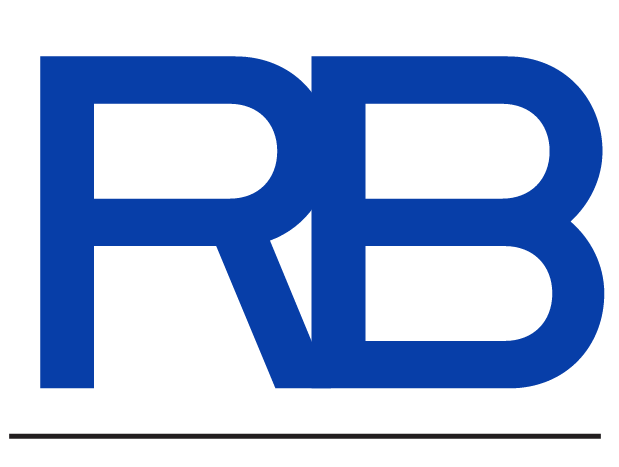A How-To Guide for Ryan Bregier’s Approach to Growth Hacking
As an experienced product manager, entrepreneur, and creative, my approach to growth hacking is centered on deeply understanding the “who” behind the product, rather than just the product itself. Here’s a step-by-step guide on how to apply this user-centric mindset to your own growth hacking efforts:
1. Research and Profile Your Target Audience
The foundation of my approach is thoroughly researching and building rich profiles of your target users. Gather as much data as possible on their demographics, behaviors, pain points, goals, and frustrations. [1][2]
Conduct user interviews, analyze customer data, and create detailed personas to develop an empathetic understanding of the “who” you’re designing for. This user research will inform every subsequent step of your growth hacking strategy.
2. Ideate Growth Hacks Tailored to User Needs
With a deep understanding of your target audience, you can now brainstorm growth hacking ideas that directly address their specific needs and behaviors. [2][3][4]
Bring together cross-functional team members to generate creative, unconventional concepts. Focus on tactics that leverage technology, data, and user insights to drive rapid, scalable growth – not just generic marketing approaches.
3. Design Seamless, User-Centric Experiences
As you test and refine your growth hacking ideas, keep the user at the center of your decision-making. Craft digital experiences that guide people intuitively towards their goals, with a cohesive brand and messaging that resonates. [1][3]
Information architecture, interaction design, content strategy – all of these elements should be meticulously designed to deliver genuine value and delight to your target audience.
4. Continuously Optimize and Iterate
Growth hacking is an inherently experimental process, so be prepared to constantly test, analyze, and refine your strategies based on user feedback and performance data. [2][3][4]
Regularly assess the effectiveness of your tactics against your key metrics, and don’t be afraid to pivot or try new approaches. The user should remain the North Star guiding every iteration.
By following this user-centric framework, you can develop growth hacking strategies that don’t just achieve rapid, scalable growth – but also build lasting engagement and brand loyalty with your target audience. It’s an approach that has served me well, and one that can unlock powerful results for your own digital initiatives.
Citations:
[1] https://clictadigital.com/growth-hacking-a-beginners-guide-to-grow-your-business/
[2] https://www.semrush.com/blog/growth-hacking/
[3] https://www.deskera.com/blog/growth-hacking/
[4] https://optinmonster.com/growth-hacking/
[5] https://www.linkedin.com/pulse/growth-hacking-guide-10-proven-tactics-get-1-million-users-hargrave
